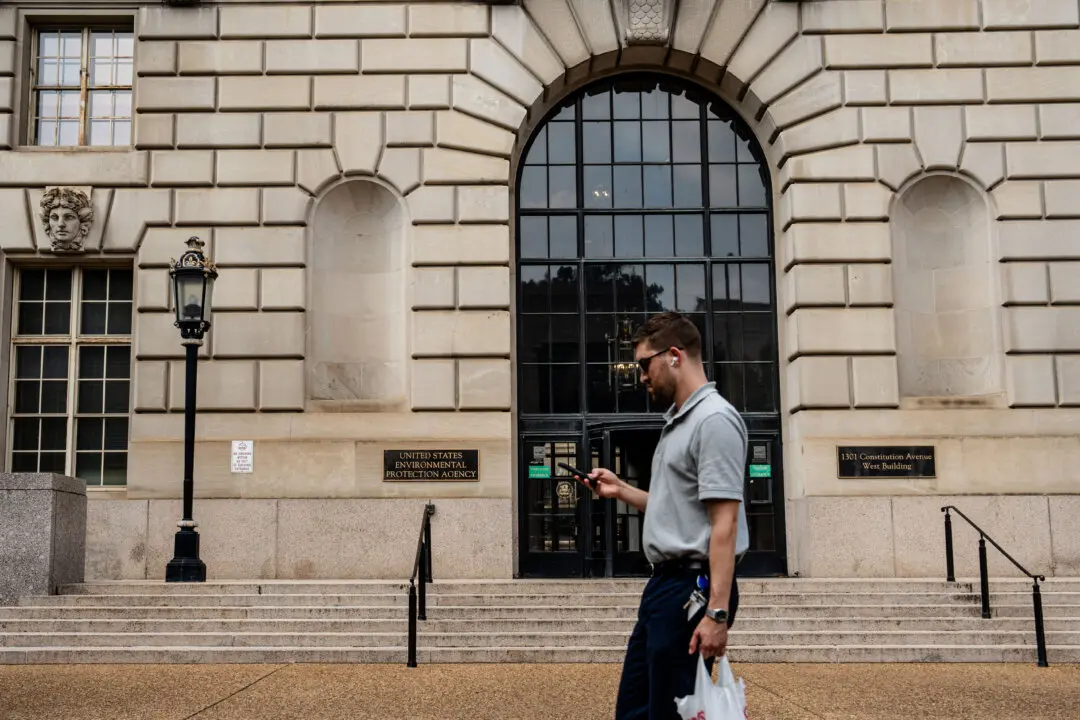The actual cost of fueling an electric vehicle (EV) comes to $17.33 per gallon of gasoline, reveals a recent report from the Austin-based think tank Texas Public Policy Foundation (TPPF).
Pro-EV groups claim that electric vehicles are cheaper in the long run although they’re initially more expensive than internal combustion engines. However, the Oct. 25 report from the TPPF dismisses the claim. It points out that various subsidies, regulatory credits, and charging costs of an average model year 2021 EV add $53,267 to the vehicle’s price over a decade.





